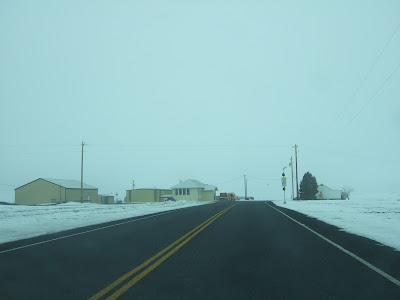I feel ashamed. But our leader appears to be shameless. Men and women that at great risk helped our soldiers in Iraq are being denied being unified with their families. We are no longer a beacon of hope. We are now less great.... so sad.
I do feel better about some of the response to the refugee ban by our Washington federal leaders. Responses thus far to Donald Trumps executive order restricting refugee entrance to the United States.
Maria Cantwell opposed
Patty Murray opposed
Jaime Herrera Beutler: So far no statement I could find.
Dan Newhouse via NatalieBrandK5 opposed
Rep. David G. Reichert: So far not statement I could find
Cathy McMorris Rogers via Facebook and KXLY4News in favor
Rick Larsen opposed
Susan Delbene opposed
Pramila Jayapal and Release-individuals-detained-seatac-airport and Hail-judicial-orders-keeping-immigrants-being-turned-away opposed
Adam Smith opposed
Denny Heck opposed via Twitter: Difficult to fit in 1 tweet how contrary this EO is to the Constitution & our values. It's just flat wrong. We will fight it.
Derek Kilmer opposed via Facebook: We must keep Americans safe and secure, which is why we have a rigorous process for evaluating men, women, and children fleeing violence and seeking asylum in America. President Trump's blanket ban of refugees won't help us protect our homeland and goes against what our country stands for. There have been moments in our history where we have let fear stand in the way of what makes our nation great. Whether it was denying entry to Jews fleeing Nazism in Europe, or the internment of Japanese Americans, these moments are correctly judged as shameful exceptions to our values. This is one of those moments. I do not support having a religious litmus test for entry into our nation and, in the view of many constitutional scholars, such an approach runs afoul of the constitution the president and I both took an oath to uphold. I also do not support religious registries which is why I have cosponsored a bill that will make it illegal to register Americans by religion. We are going to remain vigilant and strike back against ISIL and other networks that would do us harm. But we must do it in a way that reflects our values and keeps America as a beacon of freedom for the world.
I do feel better about some of the response to the refugee ban by our Washington federal leaders. Responses thus far to Donald Trumps executive order restricting refugee entrance to the United States.
Maria Cantwell opposed
Patty Murray opposed
Jaime Herrera Beutler: So far no statement I could find.
Dan Newhouse via NatalieBrandK5 opposed
Rep. David G. Reichert: So far not statement I could find
Cathy McMorris Rogers via Facebook and KXLY4News in favor
Rick Larsen opposed
Susan Delbene opposed
Pramila Jayapal and Release-individuals-detained-seatac-airport and Hail-judicial-orders-keeping-immigrants-being-turned-away opposed
Adam Smith opposed
Denny Heck opposed via Twitter: Difficult to fit in 1 tweet how contrary this EO is to the Constitution & our values. It's just flat wrong. We will fight it.
Derek Kilmer opposed via Facebook: We must keep Americans safe and secure, which is why we have a rigorous process for evaluating men, women, and children fleeing violence and seeking asylum in America. President Trump's blanket ban of refugees won't help us protect our homeland and goes against what our country stands for. There have been moments in our history where we have let fear stand in the way of what makes our nation great. Whether it was denying entry to Jews fleeing Nazism in Europe, or the internment of Japanese Americans, these moments are correctly judged as shameful exceptions to our values. This is one of those moments. I do not support having a religious litmus test for entry into our nation and, in the view of many constitutional scholars, such an approach runs afoul of the constitution the president and I both took an oath to uphold. I also do not support religious registries which is why I have cosponsored a bill that will make it illegal to register Americans by religion. We are going to remain vigilant and strike back against ISIL and other networks that would do us harm. But we must do it in a way that reflects our values and keeps America as a beacon of freedom for the world.











































